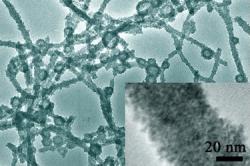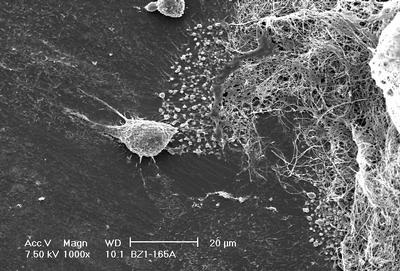Visionary futurist Ray Kurzweil, whose remarkable ideas on technological progress have been an inspiration for Biosingularity blogs, have a wonderful concise article on biological advances in recent issue of Scientific American.
As a scientist working on biological systems I fully agree and whole heartedly support Kurzweil's observations that: " Biology is now in the early stages of an historic transition to an information science, while also gaining the tools to reprogram the ancient information systems of life ….. We are now beginning to understand biology as a set of information processes, and we're developing realistic models and simulations of how the processes involved in disease and aging progress. Moreover, we are developing the tools to reprogram them."
In the article Kurzweil predicts that tinkering with our genetic programs will extend human lifespan beyond the current limits. He also reiterates that biological systems are also subject to the "law of accelerating returns", which had tremendous impact on information technologies. Indeed, the cost of sequencing and synthesizing gene base pairs have decreased more than 10,000 fold over the last 15 years, and this exponential progress is currently accelerating as predicted by Kurzweil in his recent book.
Read rest of the article at Scientific American web site.


















